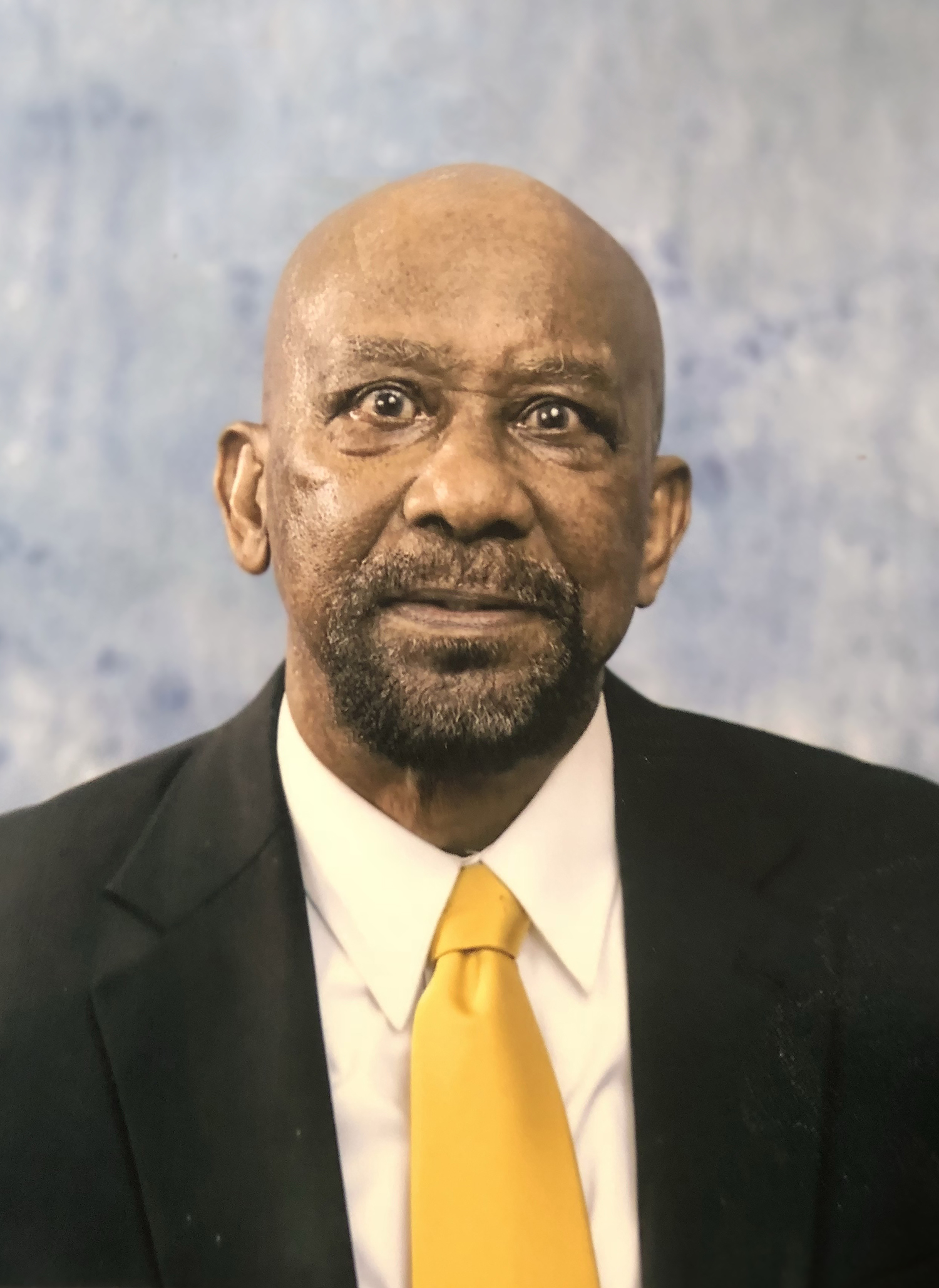- Homepage >
- Highlights >
- Hall of Fame >
- 2018
U.S. Army Operational Testers' Hall of Fame
Chief
Warrant Officer 2 (R) Henry "Hank" Canty

|
Inducted September 20,
2018
Test Officer/Equipment
Specialist/Test Plans
and Management
Specialist |
|
Henry “Hank” Canty served in the airborne operational testing community for over 26 years with over 48 years of combined federal service. As a Test Officer and Test Parachutist (Equipment Specialist; Test Plans and Management Analyst) at the U.S. Army Operational Test Command (USAOTC) Airborne and Special Operations Test Directorate (ABNSOTD), Mr. Canty tested equipment and systems for Low Velocity Airdrop, High Velocity Airdrop, Low Cost Aerial Delivery System, Container Delivery System, and aircraft and helicopter certification. During his years as a test officer, Mr. Canty served as the resident expert on Internal Air Transport (IAT) and External Air Transport (EAT) in the airborne community. He was the principal test officer for Low Velocity airdrop and multiple variants of the Containerized Delivery System (CDS). He wrote the master test plan for External Airdrop Procedures formerly known as Helicopter Sling Load Operations. As a test officer, Mr. Canty was intently focused on safety and minimizing the risk for Soldiers, Sailors, Airmen, or Marines who would later use the equipment he tested. Additionally, Mr. Canty was responsible for the planning, execution, and reporting of multiple variants of the Low Cost Container System used to provide a cost-effective alternative to the Army’s cargo parachute in support of Humanitarian Operations and the aerial resupply by small contract aircraft to remote, austere operational bases in Afghanistan and Iraq. Mr. Canty made significant doctrinal and technical contributions to the Air Drop community with his extensive airborne operational field experience to document newly developed airborne procedures for inclusion in Army Field and Training Manuals. Working with other test officers, instrumentation engineers, and data collectors, Mr. Canty was responsible for developing procedures and techniques that are still in use by the XVIII Airborne Corps and DoD airborne forces in response to the Global Response Force (GRF) contingency and warfighting operations. Mr. Canty was personally involved in an innovative development that had a significant impact on operational testing, using his extensive technical expertise for EAT and IAT capabilities and operations. He was routinely called upon by both operational and training organizations to explain and define helicopter sling load procedures for a myriad of vehicles in support of operational missions throughout his career. The innovation shown by Mr. Canty in planning and executing over 60 tests left a lasting impression on the airborne community, materially changed the capability of airborne forces, and improved the core cadre of operational testers at the ABNSOTD. Following his military retirement, Mr. Canty continued to conduct static line airborne operations, completing over 300 static line parachute jumps in his career, including many as a test paratrooper with the ABNSOTD. Leading by example, Mr. Canty trained, coached, and mentored many noncommissioned officers and civilian test officers to understand the primary focus of operational testing – proving the merit of realistic solutions to operational problems facing modern airborne forces. Throughout his military and civilian service, Mr. Canty embodied the Army values and the spirit of the profession of arms. Mr. Canty has left an unmatched legacy for others to follow in the airborne operational testing community.
|
